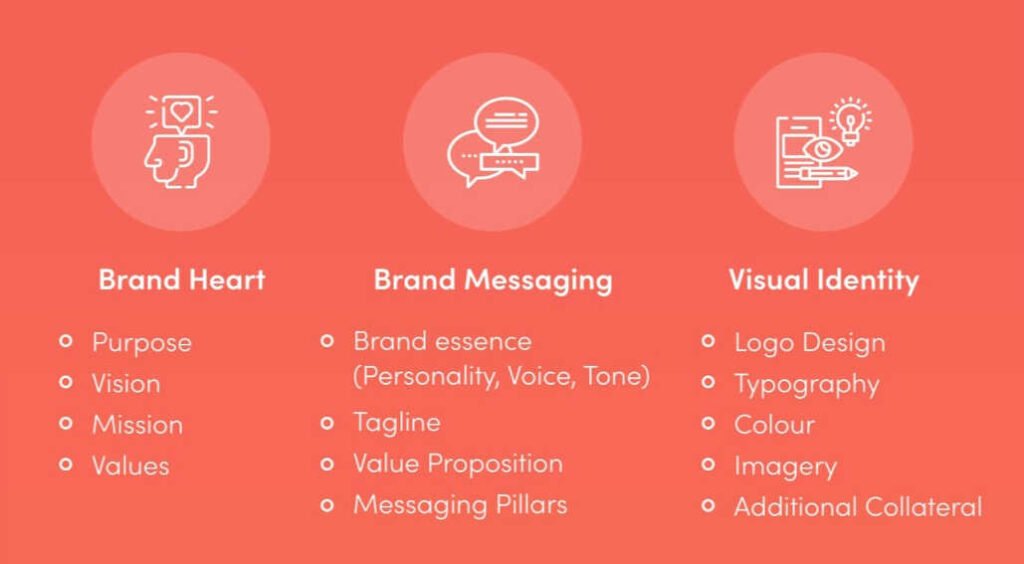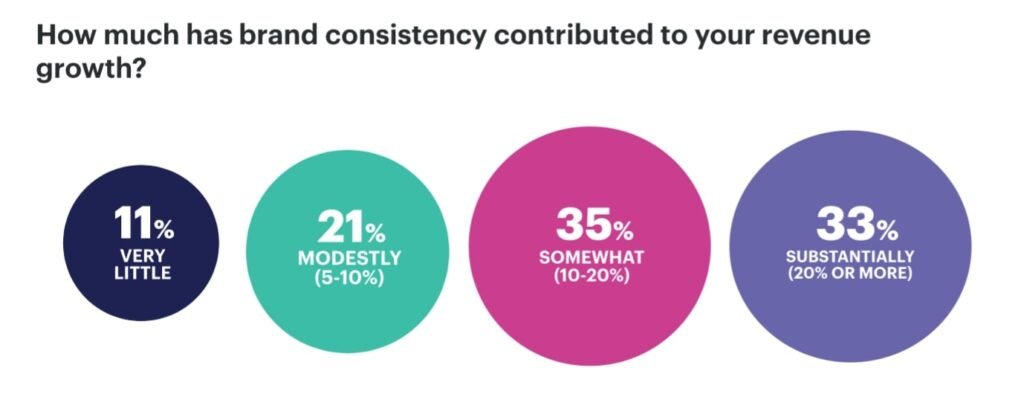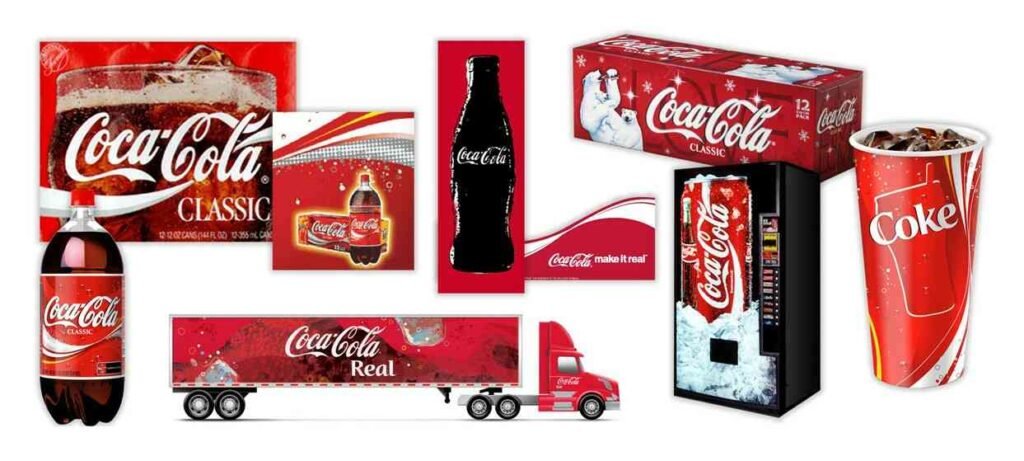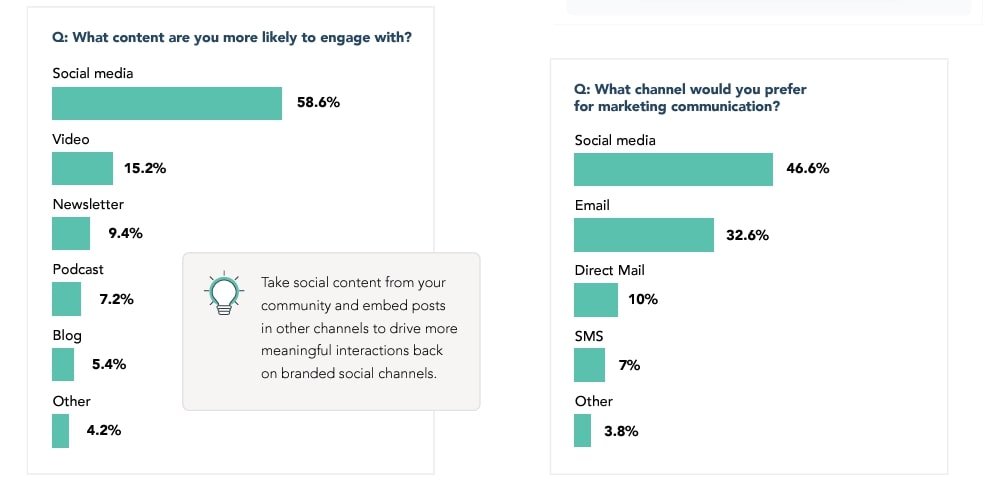You’ve got just a few moments to wow someone with your brand. So having a brand strategy is crucial.
Building a brand strategy is all about crafting a reputation or narrative that clicks with people, fosters loyalty and confidence, and gets your brand noticed.
To nail a brand strategy, you need to really get your target audience, think thoroughly about how you want to position your brand, implement it well, and stay on top of the latest business insights for every marketing channel.
In this blog post, I’ll talk about why brand strategy matters, what takes a brand to the top, and the steps to craft a killer brand strategy for your company.
Disclaimer: If you buy any products through links on this site, I may earn a commission. But it doesn't make any difference to your cost, and it helps me keep this blog running. So you could always read my articles for free.
What is a brand strategy?
A branding strategy is a key aspect of a solid marketing blueprint. It’s all about making a distinctive and consistent image of how people view your business.
With a brand strategy, you can repeatedly convey your narrative through every medium. This in turn allows you to develop customers’ confidence in your brand, a dedicated audience, and awareness with your target market.

Building a brand strategy involves nailing down important aspects like brand positioning, graphics, pitch, brand identity, and methods to cultivate a devoted consumer following.
Why create a brand strategy?
Get this: The 2021 Brand Consistency research conducted by Marq reveals that 68% of executives say that keeping their brand consistent has boosted their sales by 10% or higher.

But brand consistency can only be achieved with a brand strategy in place.
A solid brand strategy allows you to be unique in a crowded industry, build a lasting consumer following, and boost your company’s development.
A robust brand strategy lets you:
- Set yourself apart from the competition, allowing you to be distinct in your industry.
- Develop customers’ confidence in the company you have and keep them coming back. That way, you’ll build real and lasting connections that spread the word naturally.
- Make sure your target market and buyers understand why your product or solution rocks. Doing this lets you have more control over how much you can charge for them.
- Optimize your promotion activities to facilitate growth and scalability with greater ease.
These advantages will keep you flexible in the ever-evolving market environment. And you’ll be able to adjust to new requirements and content marketing norms better than before.
How to create a brand strategy?
Having established a clear understanding of brand strategy, it’s time to delve into the essential aspects involved in developing yours.
Be clear on your target audience
How can you determine the right pricing plan without knowing your audiences’ average annual income or how much they pay for similar products?
Similarly, if you don’t know the platforms they actively use, or the content they consume, how can you build an advertising campaign?
Needless to say, defining a clear target market segment is important. It helps you get a better return on investment (ROI) from your brand strategy.
A high-growth brand is the result of an effort to understand what your ideal customer profile wants and doesn’t want.
Every component of your brand identity should be shaped with the customer in mind.
So how do you start understanding your buyers? The answer is market research. It helps you identify customer personas, demographics, and details on what makes your customers tick.
When you know the people you want to reach out to, you can customize your brand messaging and voice to resonate with them most.
Clarify your brand’s purpose
A brand mission is a concise, impactful statement that encapsulates why your brand exists and what it stands for. Think of it as your brand’s north star, guiding everything you do and helping you connect with your audience.
It’s crucial because it provides direction, helping your brand stay focused on what truly matters. A well-defined brand mission also helps you stand out by clearly demonstrating your unique purpose and values.
Define your purpose by articulating the positive impact you want to make.
It’s important to keep your mission statement clear and brief, making it easy to understand and remember. Emphasize what makes you unique and weave that into your mission.
For example, Nike’s mission is “To bring inspiration and innovation to every athlete in the world,” which highlights its commitment to athletic excellence and innovation.
Google’s mission, “To organize the world’s information and make it universally accessible and useful,” speaks to its role in making information easily accessible.

In essence, your brand mission is all about understanding your values and audience, and being clear about your unique purpose.
This statement will not only guide your brand’s actions but also create a strong connection with those who matter most.
Define your brand’s core values
Brand values are the fundamental principles that guide your brand’s actions, decisions, and behaviors. They’re the foundation of your brand’s identity, shaping how you interact with customers and the broader community.
Why do values matter in your brand strategy? First, they build trust. When customers know what you stand for and see you consistently act on those values, they’re more likely to trust and stay loyal to your brand.
For instance, Patagonia’s value of environmental sustainability is evident in its commitment to using recycled materials and supporting environmental causes. This consistency strengthens customer loyalty and attracts like-minded individuals.
Brand values also help differentiate you from the competition. In a crowded market, having clear, strong values can make you stand out. They give your brand a personality that people can relate to and connect with on an emotional level.
Take Ben & Jerry’s, for example. Their values of social justice and environmental responsibility are reflected in their business practices, such as using Fairtrade ingredients and campaigning for social issue.
To define your brand values, think about what’s important to your brand. What principles do you refuse to compromise on? Involve your team in the process to ensure everyone is on the same page. Make sure your values are authentic and truly reflect your brand’s essence.
Ultimately, brand values are about staying true to what matters most to your brand and your customers. They’re the heart and soul of your brand, guiding everything you do.
Identify your brand positioning
Brand positioning is all about how your brand is perceived in the minds of your customers. It’s the unique space you occupy in the market that sets you apart from competitors. Think of it as the image and identity you want your brand to convey.
Why is brand positioning important? It helps customers understand what makes you different and why they should choose you over others.
A strong brand positioning clarifies your value proposition, making your brand more attractive and memorable.
For example, Apple positions itself as a high-end brand focused on innovation, design, and user experience. This positioning attracts customers who value cutting-edge technology and sleek design.
Brand positioning also guides your marketing efforts. It ensures that all your communications and strategies align with the image you want to project.
Consider Volvo, which has long positioned itself as the leader in automotive safety. This focus is evident in their advertising, product development, and customer communications, consistently reinforcing their safety message.
To define your brand positioning, start by understanding your target audience and what they value.
Identify your key differentiators—what makes your brand unique? Craft a clear, compelling positioning statement that encapsulates your brand’s essence and communicates it consistently across all touchpoints.
Ultimately, effective brand positioning makes your brand stand out and resonate with your audience, driving loyalty and preference.
Have a compelling pitch
A brand message is the core message you want your audience to remember about your brand. It’s the essence of what you stand for, expressed in a way that resonates with your customers.
Your brand message should be clear, concise, and consistent across all platforms. It communicates your brand’s value and promise to your customers, helping them understand what you offer and why it matters. A strong brand message builds trust and recognition.
For example, Nike’s “Just Do It” is a powerful brand message that inspires action and embodies the spirit of athleticism and perseverance.
Your brand message also differentiates you from competitors. For instance, Dove’s brand message focuses on real beauty and self-esteem, setting it apart from other beauty brands that often emphasize idealized beauty standards.
To define your brand message, identify your core values and what you want to communicate to your audience.
Think about what makes your brand unique and how you can express that in a few memorable words or a short phrase. Ensure this message is consistently reflected in all your promotional strategies, from your website to social media posts.
In essence, a strong brand message is a powerful tool in your brand strategy that helps you engage your audience, build loyalty, and stand out in the market.
Define your brand’s voice and tone
Brand voice is the unique personality your brand demonstrates in all communications. It’s how you speak to your audience and how they perceive you through your words, whether in marketing materials, social media, or customer service.
Why is brand voice important? It creates consistency, making your brand more recognizable and trustworthy. A consistent voice helps build a strong connection with your audience.
For example, Mailchimp uses a friendly, approachable voice that makes email marketing feel accessible and straightforward, reflecting their goal to simplify tasks for small businesses.
Your brand voice also sets you apart from competitors. It can convey your brand’s personality and values in a way that resonates uniquely with your target audience. Think of Old Spice, whose quirky, humorous voice has revitalized the brand and made it appealing to a younger demographic.

To define your brand voice, start by considering your brand’s personality. Is it formal or casual? Playful or serious? Think about your target audience and how they speak and expect to be spoken to.
Create guidelines that include tone, style, and specific words or phrases you do or don’t use. Ultimately, a well-defined brand voice helps your brand stand out, resonate with your audience, and maintain consistency across all communications.
Determine your visual identity
Brand visual identity encompasses all the visual elements that represent your brand strategy, creating a cohesive and memorable look. It includes your logo, colors, typography, imagery style, and overall design aesthetics.
These elements work together to convey the personality, values, and essence of your brand visually.
Why is brand visual identity important? First impressions matter, and your visual identity is often the first thing customers notice about your brand. A strong visual identity helps you stand out in a crowded market and leaves a lasting impression.
For example, Coca-Cola’s iconic red and white color scheme, paired with its timeless logo, instantly evokes feelings of happiness and refreshment.

Consistency in your visual identity is key. It builds brand recognition and reinforces your brand’s message.
Consider Apple, known for its minimalist design and sleek product packaging. This consistent visual identity reflects their commitment to simplicity and innovation, appealing to their target audience of tech-savvy consumers.
To develop your brand’s visual identity, start by defining your brand’s personality and values.
Choose colors, fonts, and imagery that align with these characteristics. Ensure your logo is simple yet memorable, and use these elements consistently across all your communications, from your packaging to website to social media.
In essence, your brand visual identity is more than just aesthetics—it’s a powerful tool for communicating who you are as a brand and connecting with your audience visually and emotionally.
Plan brand promotion
Promoting your brand effectively involves strategic efforts to increase visibility, build credibility, and connect with your target audience.
Social media platforms like Instagram and Facebook are excellent for engaging visuals and direct interaction with customers.
In fact, the State of User Generated Content 2022 report by TINT shows that consumers are nearly 3x more likely to engage with a brand’s social media content than any other type of media they create.

Besides that, content marketing through videos and blogs helps you build thought leadership and generate traffic.
You can also plan to leverage partnerships and collaborations to expand your reach. This can involve co-branding campaigns or influencer marketing, where brands like Glossier have successfully grown by leveraging influencers to promote their skincare products.
Consistent effort across these strategies ensures your brand remains visible, relevant, and appealing to your audience, ultimately driving growth and success.
Over to you
A well-crafted brand strategy is more than just a logo or tagline; it’s the foundation of how you communicate your value, connect with your audience, and differentiate yourself from competitors.
A clear brand strategy aligns your business goals with your customer’s needs, fostering loyalty and trust. By focusing on your brand’s mission, vision, values, and unique positioning, you can create a cohesive and compelling brand narrative.
Remember, a successful brand strategy requires consistency, authenticity, and a deep understanding of your market. With these elements in place, your brand can thrive and resonate powerfully with your audience.
Did I miss anything? Did you try these tips? Do you have any questions or comments? Share your thoughts below in the comments section.




